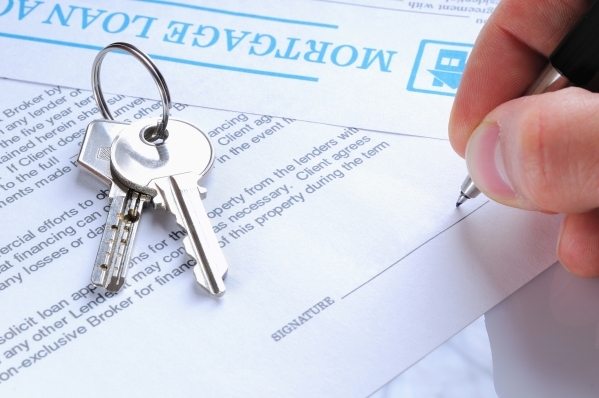How much will I need for a down payment?

Q: How will my down payment (and credit score) affect my ability to get a mortgage?
A: While it’s technically possible to qualify for a conventional 30-year, fixed-rate loan with as little as 3 percent down, most banks and mortgage companies want more. A lot more.
According to Ellie Mae, a California-based mortgage technology firm whose software is used by many lenders, successful buyers have a FICO credit score of 754 and make an average down payment of 20 percent.
Don’t have the cash or the credit score to meet those expectations?
An FHA loan might be right for you.
The Federal Housing Administration, a division of the U.S. Department of Housing and Urban Development, doesn’t actually make loans.
It guarantees that private lenders will be repaid, even if you default. But you’ll pay for that guarantee in the form of up-front and monthly mortgage insurance.
With the government standing behind you, banks and mortgage companies can make loans they wouldn’t normally offer at competitive interest rates that could cut your monthly payments by hundreds of dollars.
Ellie Mae says successful buyers with FHA loans have an average FICO credit score of 687 and down payments of only 4 percent.
An even better option are VA loans, which are available to millions of veterans, as well as anyone on active duty and those in the National Guard and reserve units.
With the Department of Veterans Affairs standing behind these loans, they’re also less risky for lenders and require no down payment.
Successful buyers with VA loans have an average credit score of 706 and down payments of 2 percent.
Q: Should I tap my retirement funds for a down payment?
A: While this is not ideal, we know that many families have most, if not all, of their savings tied up in Individual Retirement Accounts or 401(k) plans where they work.
If that’s the case, turn to Roth IRA or Roth 401(k) plan first.
Since contributions to Roth plans are fully taxed before they’re made, you can withdraw what you’ve put into those accounts at any time without incurring penalties or additional taxes.
If you’ve held a Roth IRA for at least five years, you can withdraw an additional $10,000 in earnings without paying any penalties or taxes to buy or renovate a first home.
The next place to go is a traditional IRA, which will allow you to withdraw up to $10,000 for the purchase of a first home without penalty. (If you have individual accounts, you and your spouse could take a total of $20,000.)
But since contributions to these accounts are tax-deductible, you’ll have to pay income tax on withdrawals and a 10 percent penalty above the $10,000 limit until you reach age 59½.
Your employer’s traditional 401(k) plan is the last place you should turn for a down payment. Such “hardship withdrawals” are fully taxed and incur a 10 percent penalty until age 59½.
The better option is taking out a loan against your 401(k).
You can usually borrow up to $50,000 or half of the value of the account, whichever is less. Your employer can give you up to 15 years to repay the loan if it’s for a home purchase. Monthly payments are deducted from your paycheck. The interest you pay, generally a couple of percentage points above the prime rate, goes into your retirement account.